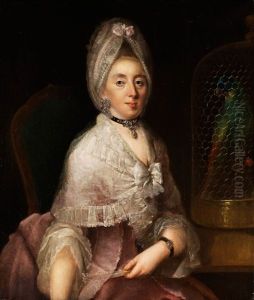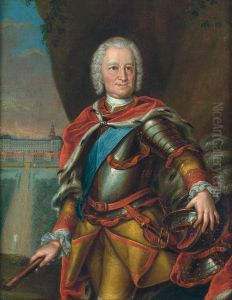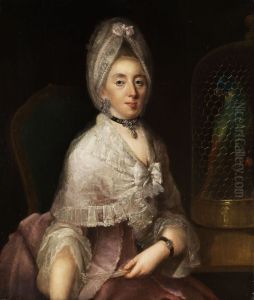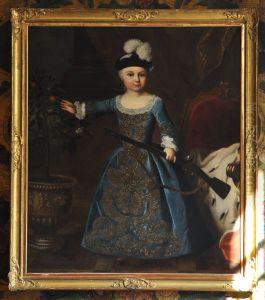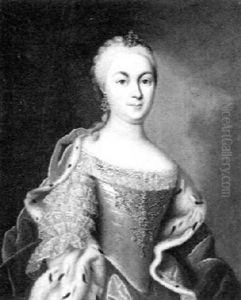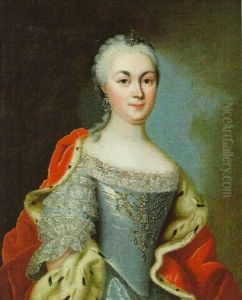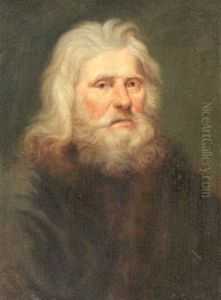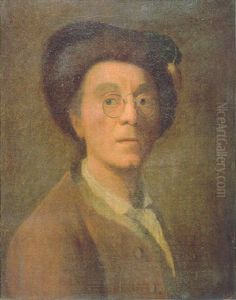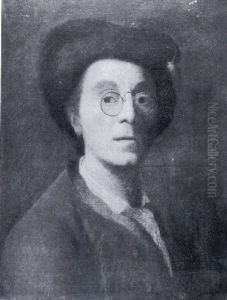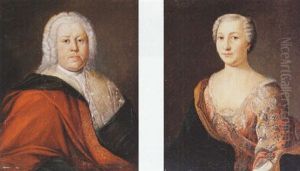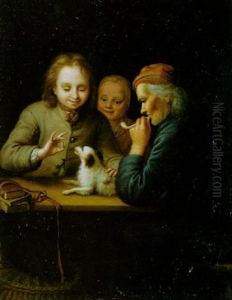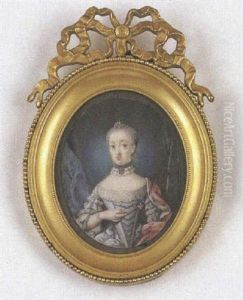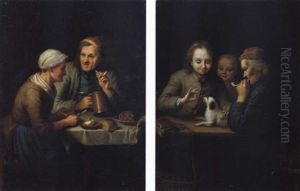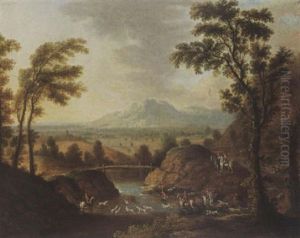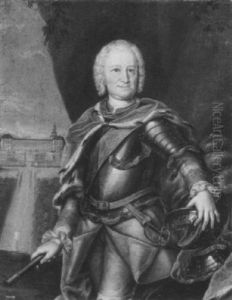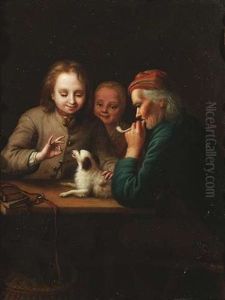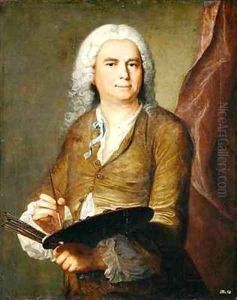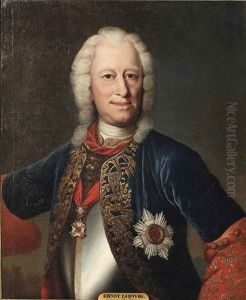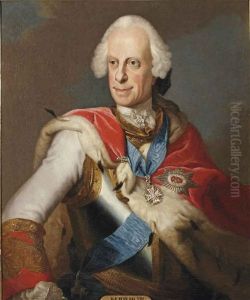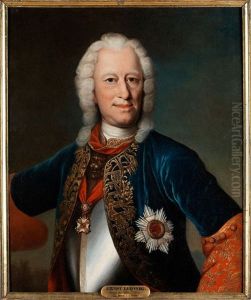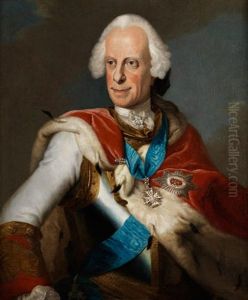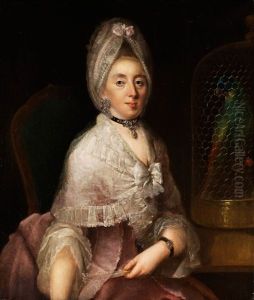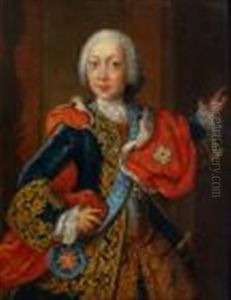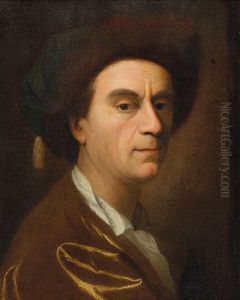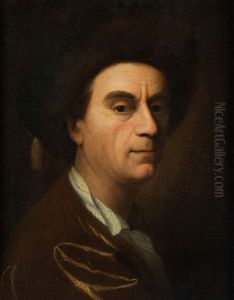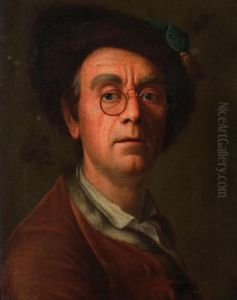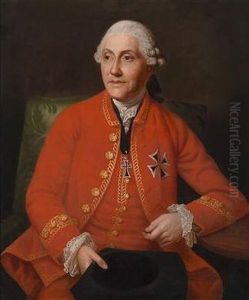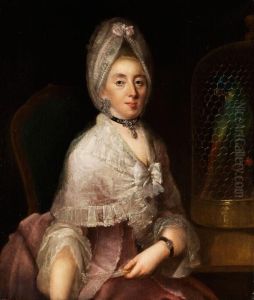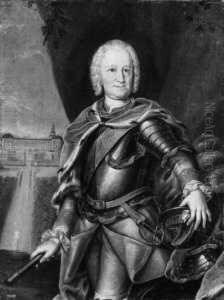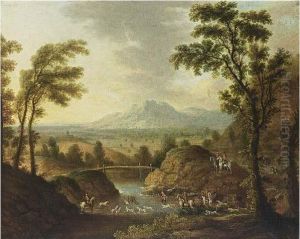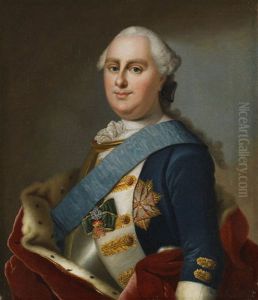Johann Christian Fiedler Paintings
Johann Christian Fiedler was a German painter born in 1697 in Pirna, Saxony. He is known for his portrait paintings, which were significant in the context of 18th-century European art. Fiedler's life was marked by his travels and his work in various courts across Europe, where he honed his skills and gained recognition for his portraits that captured the elegance and detail of his era.
Fiedler received his early training in painting from his father, who was also a painter. He later moved to Dresden to further his education and soon became a pupil of the French portraitist Louis de Silvestre, who was the court painter to Augustus II the Strong, Elector of Saxony and King of Poland. Under Silvestre's tutelage, Fiedler's skills flourished, and he developed a style characterized by refined brushwork and a strong sense of realism.
In 1724, Fiedler embarked on a study trip to Italy, which was a common practice for artists seeking to perfect their craft at the time. During his Italian sojourn, he studied the works of the great Renaissance and Baroque masters, which had a profound influence on his painting technique. After spending several years in Italy, he returned to Germany and began working for various German princes.
Fiedler's reputation as a portraitist grew, and in 1730, he was appointed court painter to Friedrich III, Duke of Saxe-Gotha-Altenburg. It was here that he produced some of his most notable works, capturing the likeness of the Duke and his family with remarkable accuracy and psychological insight. Fiedler's portraits from this period are notable for their sophisticated use of color and light, often highlighting the social status and personality of his subjects.
Throughout his career, Fiedler remained active and sought after. He moved between different courts, including those in Denmark and Russia, where he continued to receive commissions from nobility and high-ranking officials. His portraits are often characterized by a certain elegance and a focus on the individual character of the sitter, setting them apart from the more formulaic portraits of the time.
Johann Christian Fiedler died in 1765, leaving behind a body of work that is valued for its contribution to the development of portrait painting in Germany. His legacy includes not only his portraits but also his influence on other artists of the time. Although not as widely known as some of his contemporaries, Fiedler's work provides an important glimpse into the artistic and cultural milieu of 18th-century Europe.
